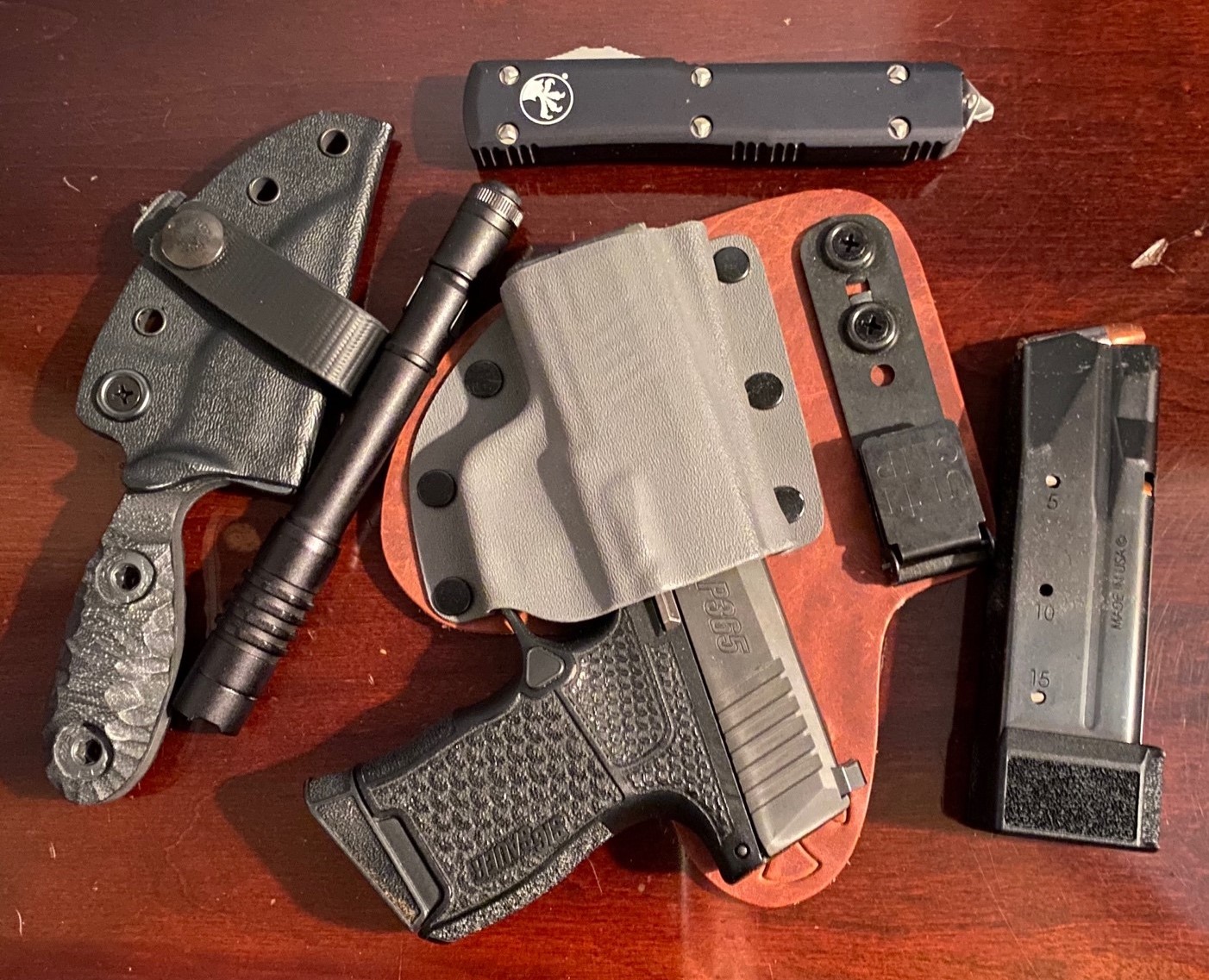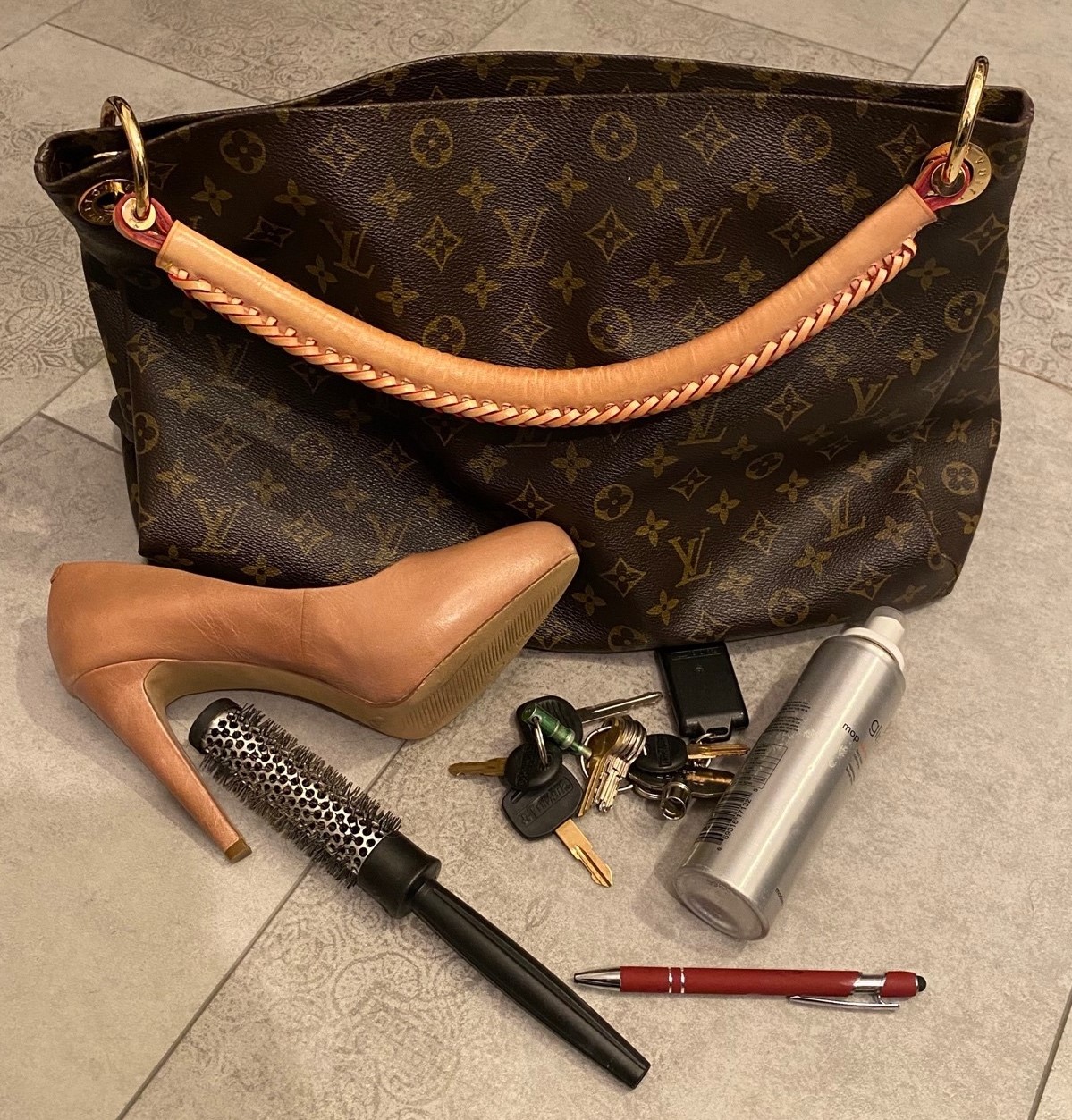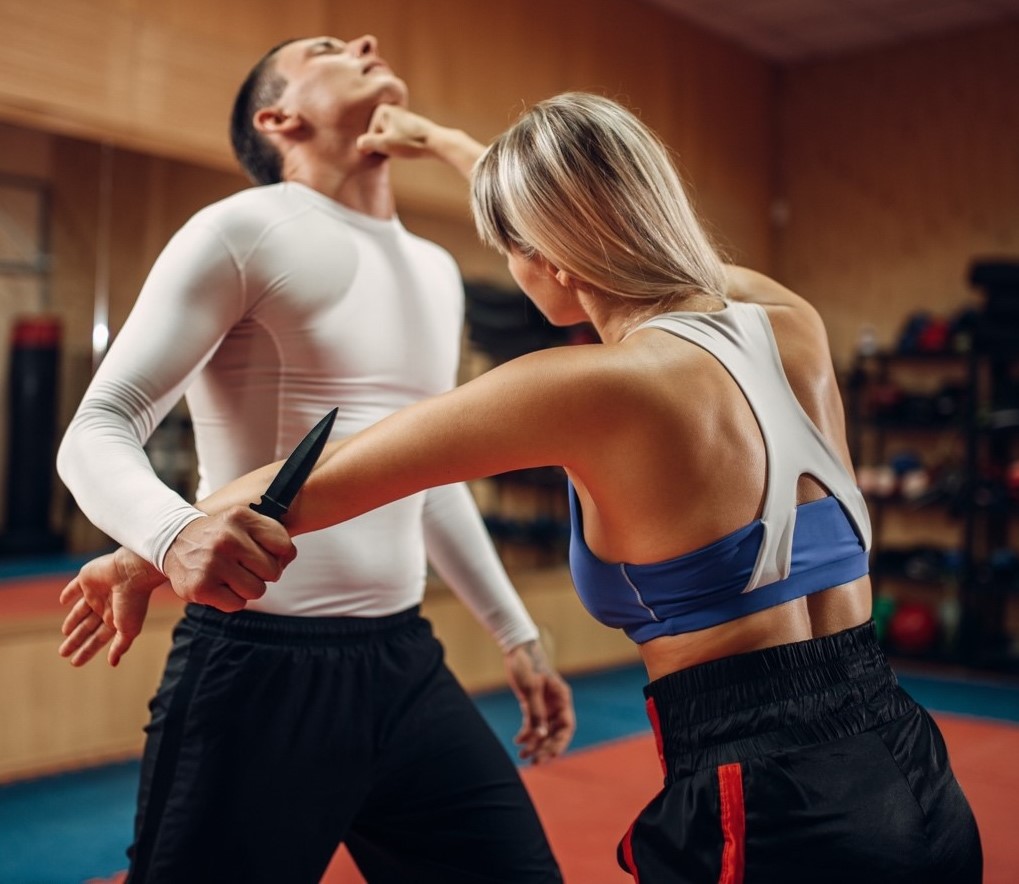 What people typically think of when we talk about defensive tools. Photo: author
What people typically think of when we talk about defensive tools. Photo: author
Guns, knives, and pepper spray are typically what people think of when discussing important defensive tools, but I see it differently. Let me tell you a story. At a recent doctor’s appointment, my physical therapist told me about a scary incident her daughter had with a taxi driver. In today’s world of Uber and Lyft, I believe this is important information for people to know. Per her request, I will not mention any names.
THE RIDE
Late on a Saturday in downtown Atlanta, her daughter left her friends and called a taxi. When the taxi arrived, she told the driver she had no cash and confirmed that he accepted credit cards. She got in and started on her journey. He pulled into a gas station, where she was to be dropped off, and that is when things changed. Even in familiar surroundings, it’s important to accept that we could become a victim of an attack. Photo: StockSnap from Pixabay
Even in familiar surroundings, it’s important to accept that we could become a victim of an attack. Photo: StockSnap from Pixabay
The taxi driver told her his card reader wasn’t working. She reminded him she did not have cash and offered to get cash from an ATM, Venmo him the money, or even fill his tank with gas right there at the gas station as payment. At that point, he locked the doors, opened the glove box, reached for a gun, and stated, “No one rides for free.” She began to try reasoning with him, but this only agitated him. She repeatedly worked to unlock the door but could not get it open before he locked it again. He then started driving out of the gas station with her locked inside. She knew she had to defend herself and could not allow him to take her away from this location. She kept working the door and began to kick at the window while yelling for help. He threatened her with the gun. She played out the scenario in her head and knew she could not let him get out of the parking lot. She decided that if he were able to get on the street, she would try to put him in some sort of head lock to get him to stop. She understood the risks of fighting with him but even more so understood the risks of letting him leave with her. Suddenly, she got the door open and rolled out of the moving vehicle onto the pavement. The manager of the gas station saw the commotion and called 911. The taxi driver fled the area, but the police apprehended him a short time later. The young lady suffered lots of scrapes and bruises and was obviously shaken but is doing well, considering what could have been a much worse outcome. When she was reliving the incident with friends, they asked her how she could try to fight with an armed man. She replied, “How could I not fight back? I couldn’t let him leave with me, and if he intended to make me a victim, I was going to make it hard on him.”
WHAT CAN WE LEARN FROM THIS INCIDENT?
 Plan ahead and recognize that most anything can be an improvised self-defense tool. Photo: author
Plan ahead and recognize that most anything can be an improvised self-defense tool. Photo: author
We can second-guess some of her decisions, but I believe it is best to do so as a method of presenting opportunities to learn from this incident so others may be better prepared.
-
- First we must accept that there is a risk we could be the target of an attack or violent crime. Until we accept that risk, we cannot prepare properly and with the clear intent and focus needed to adjust our lifestyle to minimize the risk and have the ability to respond.
- Male or female, if it can be avoided, don’t travel alone at night, especially in areas that pose a higher than normal risk or danger. If you have one or more people with you, it reduces the chances for others to make you a victim.
- The young lady felt she had nothing to defend herself with. But in that moment, almost anything can become a defensive tool, such as keys, a purse, shoes, or even spray perfume, all of which she had with her. Anything that can distract or disrupt the attacker may be enough to escape the attack.
 The value of training in context and with the defensive tools you are likely to use is often overlooked. Photo: Nomad_Soul/Shutterstock.com
The value of training in context and with the defensive tools you are likely to use is often overlooked. Photo: Nomad_Soul/Shutterstock.com
4. With a bit of preparation, there are many defensive tools that you can carry, including a firearm, knife, pepper spray, flashlight, or even a tactical pen. Find what you are comfortable with, then train with it and carry it. This young lady has trained in some form of martial arts, and I believe that is what helped her with some of her fight response, but she was confined in the back of a vehicle with the driver in front with a gun. I suspect they never trained for that type of scenario in her training. This is the reason we advocate for not learning skills in isolation, but to train in context and train to apply your skills.
5. In my opinion, the most important lesson can be found in her response to her friends: “… if he intended to make me a victim, I was going to make it hard on him.” Her mindset was her greatest defensive tool. She recognized her situation and responded with intent. She was not guaranteed a good ending by any means, but she knew her only chance to impact the outcome was to respond with any fight she had.
YOUR MINDSET IS YOUR GREATEST DEFENSIVE TOOL
Given the choice, we would avoid these situations entirely, but when we find ourselves faced with an attack, we must be prepared to respond. Everyone’s lifestyle is different. The environments in which we live are different. Each individual’s comfort levels with the various choices of defense are different, so there is no one plan that works for everyone. It’s important to evaluate our lifestyle and comfort with dealing with a potential violent attack, then make adjustments to reduce the unnecessary risks in our environment. Finally, train to develop the necessary defensive skills and learn to apply the skills so we are best prepared to respond to an attack. When an attack such as this occurs, law enforcement is usually not immediately available, and we are left to defend ourselves. We don’t get a choice when the attack comes to us.WHAT HAVE YOU DONE TO PREPARE FOR THAT MOMENT MENTALLY AND PHYSICALLY?
It starts with your mindset and continues with your training and commitment. Training and mindset work can come from books and DVDs as well as in-person work. Photo: author
Training and mindset work can come from books and DVDs as well as in-person work. Photo: author
Lots of resources exist to help you prepare for these scenarios, and PDN’s articles and videos that address both armed and unarmed personal defense are a great place to start. If you choose to carry a firearm, it is important to get the proper training. Search out classes from qualified Intuitive Defensive Shooting instructors in your area, develop your skills in context, and learn to apply those skills. For more information on Intuitive Defensive Shooting classes, you can go to www.intuitiveshooting.com, contact me at (678) 386-7806, or go to the training page of my website at www.notrightshooters.com. Stay safe and remember, the time chooses you, so you must choose to be ready.

Great article!...Mark Renfroe
Very good information, not only for a woman but for a man also. Thank you, I will keep a copy of this and pass it on to as many people that are in my family and friends.
Some women are tigers, some men are meek, but most woman are psychologically hard-wired(by nature) to forestall male aggression by being submissive. It works with normal males, but not predators like the one in the article. One strategy I've seen to overcome this is to have the female imagine that she is protecting not herself, but a loved one; child, sister, etc. That way she can short circuit the instinct to be submissive and unleash the mama bear within.
Interesting to see all males respond to this article. The first step in being prepared is to think about the situations and what you can do to get out of them; what weapons (improvised or not) are at your disposal. it's not paranoia to think about your survival. Love the comment about ensuring you remain at scene #1 and are not taken to scene #2. - Important !!
I've always said the number one weapon you have is the one between your ears.
Yes, thanks. Gotta have an attitude when out and about
Excellent article. Spot on! In our training, as I’m sure you all do is solidify lectures with “ Reality Scenario Based Training “ ( RSBT).
Good article, but with enough training, even being in a back seat behind an opponent with a gun can be managed. Good dojos (schools) will train you in such an improvisational, adaptive manner. Or, you will be so well trained you'll be able to figure out these scenarios "on the fly". Just be sure to control the weapon and fight like a monster! NOTHING is off limits. The blond woman in the self-defense image is getting stabbed in the arm and missed the assailant's throat by two inches, unless she's snapping his neck with that uppercut? Control the knife or get slashed!
Once you show it you must be willing to use it.
Never stop,never giveup.Do what ever it takes to live.Most attackersare looking for a soft score.